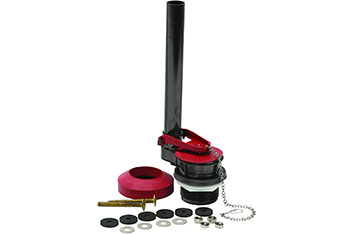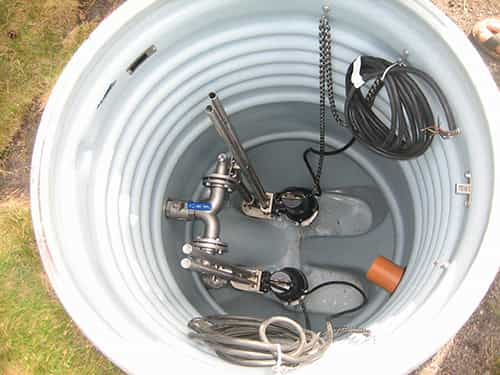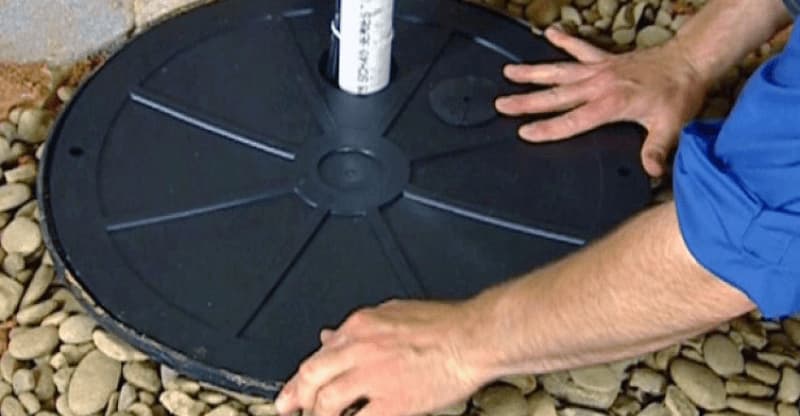If backflow is leaking up through your toilet lines you will need to install a backflow preventer or check valve. Once installed these valves will keep water flowing one way and prevent water from seeping into your toilet water lines.
Keep reading to learn everything you need to know about toilet backflow preventers vs check valves, top models, and how to install both types of valves.
In this guide we’ll how you how to use a toilet check valve and backflow preventer:
How Do I Prevent Toilet Backflow?
You can prevent toilet backflow by installing a one way backwater valve like a check valve or backflow preventer. Since toilet water lines do not contain drinking water they do not need the extra protection a backflow preventer offers – all you need is a check valve in most cases but some areas require a sewer backflow preventer if it is near the plumbing impacting the water supply.
If the backflow is too much for a check valve to handle you will need to install a double check valve or backflow preventer for extra protection. Both of these types of valves cost more than a standard check valve so only choose them if you need the extra level of protection – for most homes a standard check valve is fine!
Struggling With Backflow With A Valve?
Sometimes the problem might be with your pipes. If you already have a one way valve installed but still experience problem you should have your pipes inspected for blocks and clogs.

Not sure which check valve to install on your toilet line? We recommend the Fluidmaster 507AKP7, it fits almost all lines and is highly effective at preventing backflow!
Toilet Backflow Preventer or Check Valve – Which Is Better?
Both check valves and backflow preventers are good options for preventing backflow and highly effective as a home backflow prevention device. Backflow preventers are going to be more effective by design but also come at a higher cost and take up more room in the piping.
Check valves will be the best option for most homes. If your lines experience a large amount of water coming up the sewer line and reverse waterflow we recommend trying a double check valve – then a valve attached to the city sewer line and water system.
Air Gaps and Flap Valves
Modern toilets already have basic backflow prevention built-in with an air gap – in most cases, this should be enough protection! Another option is the flap valve that you usually install it at the connection to the city sewer line.
Why is it important?
Preventing contaminated water is key to keeping your family healthy. It is easy for a valve to malfunction and sewer backup to contaminated your potable water supply with sewer water without a dedicated sewer backflow valve that is designed to handle waste water from a sewer system.
Frequently Asked Questions
How do you stop a toilet from going into backflow?
Toilet backflow can be prevented with a check valve, double check valve or backflow preventer.
What is toilet backflow?
Toilet backflow is water that seeps back up through the piping – it can be prevented with a one way valve.
Do I really need a backflow preventer?
Not all toilets require a backflow preventer – most do not require any valve at all and those that do can use a check valve.
What causes toilet backflow?
The most common reasons for toilets to backflow is too much pressure, too little pressure and problems with the drain lines.
Related Posts
What is a swing check valve?
Top 3″ check valves


